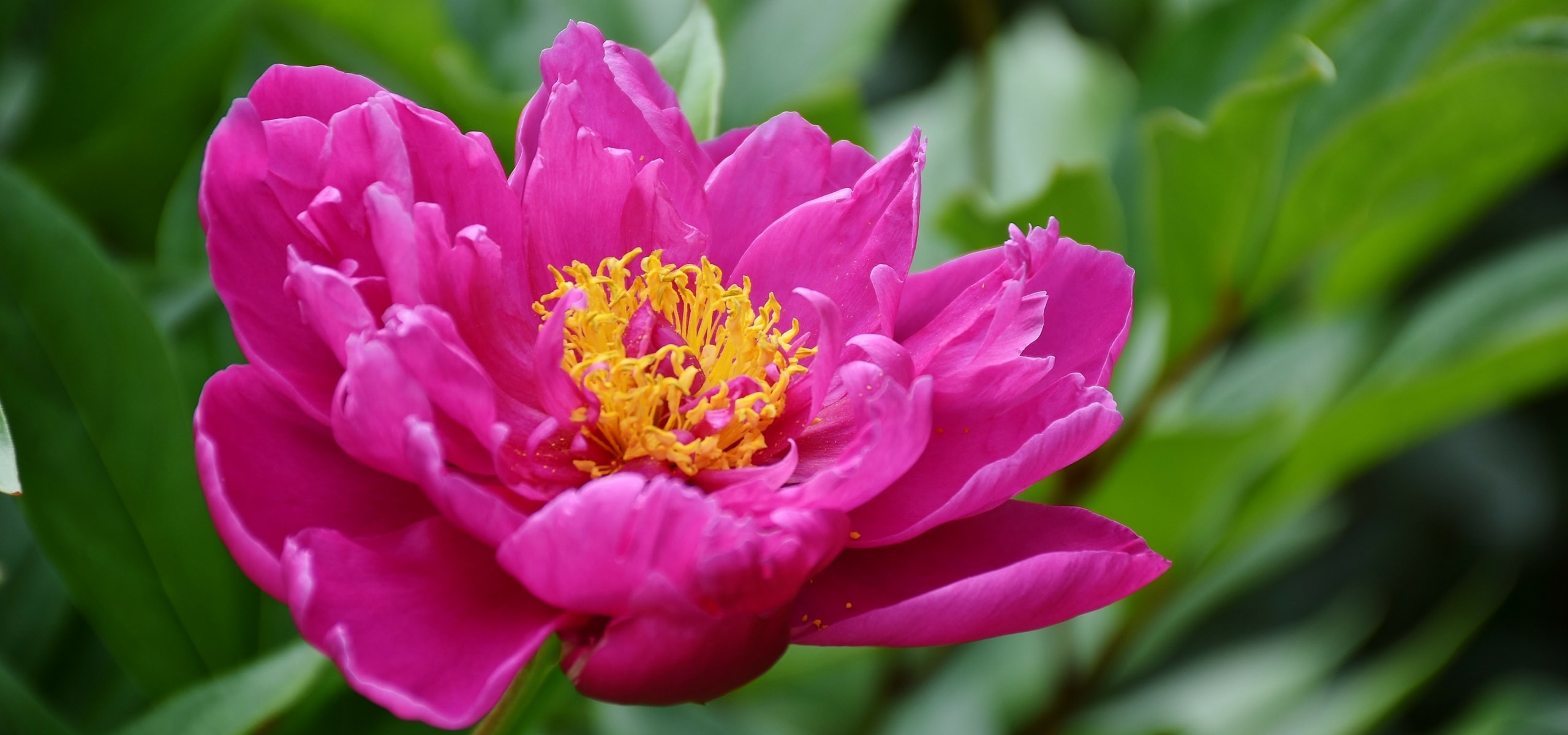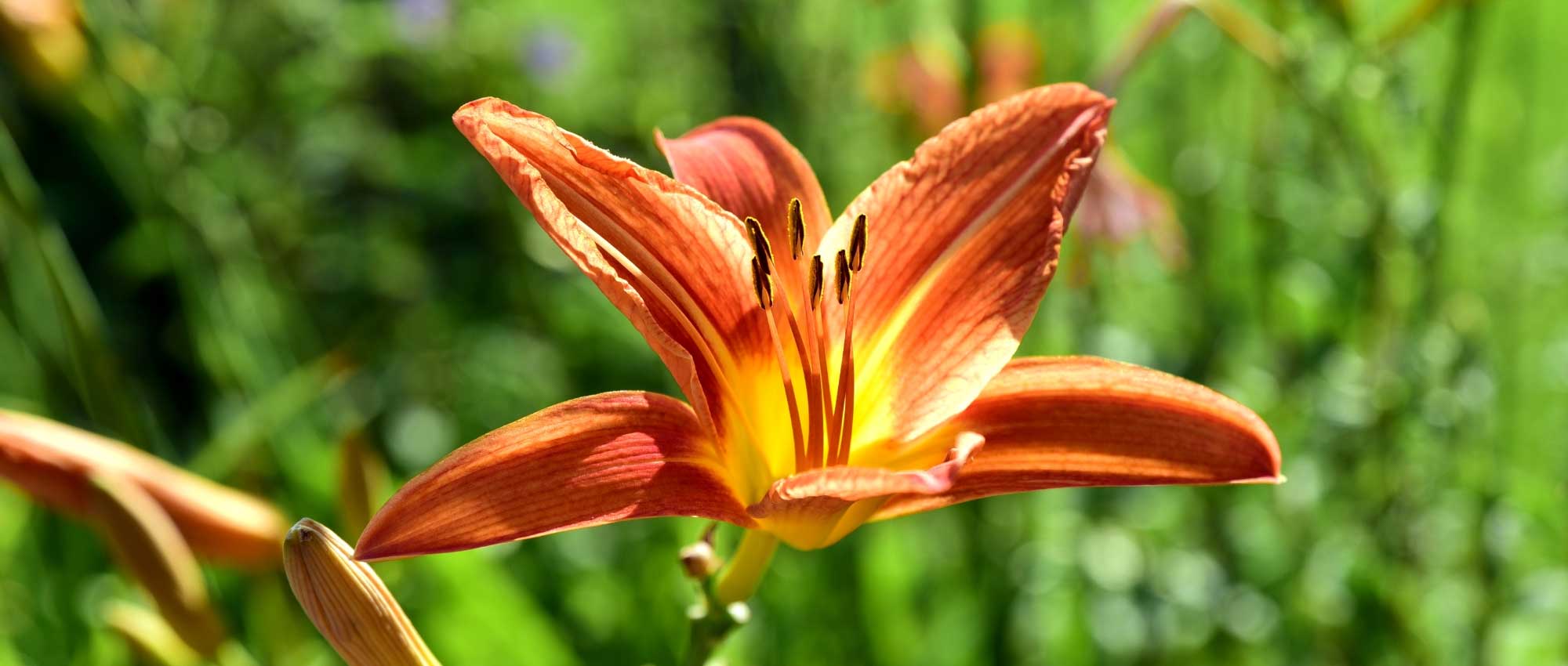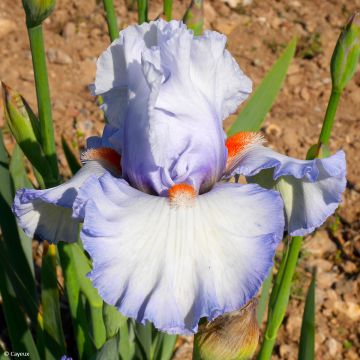

Paeonia lactiflora Athens (Patio Peony Series) - Dwarf Peony
Paeonia lactiflora Athens (Patio Peony Series) - Dwarf Peony
Paeonia x lactiflora Athens
Chinese Peony, Herbaceous Peony
Special offer!
Receive a €20 voucher for any order over €90 (excluding delivery costs, credit notes, and plastic-free options)!
1- Add your favorite plants to your cart.
2- Once you have reached €90, confirm your order (you can even choose the delivery date!).
3- As soon as your order is shipped, you will receive an email containing your voucher code, valid for 3 months (90 days).
Your voucher is unique and can only be used once, for any order with a minimum value of €20, excluding delivery costs.
Can be combined with other current offers, non-divisible and non-refundable.
Home or relay delivery (depending on size and destination)
Schedule delivery date,
and select date in basket
This plant carries a 12 months recovery warranty
More information
We guarantee the quality of our plants for a full growing cycle, and will replace at our expense any plant that fails to recover under normal climatic and planting conditions.
Would this plant suit my garden?
Set up your Plantfit profile →
Description
Patio Peony 'Athens' is a charming, very early dwarf variety, perfect for brightening up small spaces such as terraces, balconies, or flower borders. It produces large semi-double flowers in a vibrant pink with a golden centre against deeply cut, dark green foliage. This compact and bushy peony is ideal for growing in pots or planters, but it also adapts well to open ground. Very floriferous in spring, this hardy perennial is easy to grow and returns year after year.
Patio Peony 'Athens' belongs to the Paeoniaceae family, like all peonies. This cultivar is derived from Paeonia lactiflora, also known as the Chinese peony or herbaceous peony. The 'Athens' cultivar is a horticultural achievement from the Patio Peony series, hybrids with a naturally compact habit, particularly suited to container growing. The plants have reduced growth, typically under 80 cm, and sturdy stems that support the flowers without staking. They retain the typical ornamental characteristics of classic peonies: large, highly decorative, often fragrant flowers, and excellent hardiness. These peonies are the result of relatively recent horticultural work aimed at making this emblematic plant accessible to a wider audience, especially in urban environments.
Patio Peony 'Athens' has a bushy, dense, and rounded habit, reaching a height of 70 to 80 cm and a spread of 50-60 cm, developing into compact clumps from a fleshy rhizome. The shiny, dark green, deciduous leaves are deeply lobed, alternate and measure between 20 and 30 cm long. The flowers are semi-double to double, 12 to 15 cm wide, of an intense, bright pink, well open to reveal a golden centre composed of prominent stamens. They emit a soft and pleasant fragrance. Flowering occurs early in the peony season, in May.
The 'Athens' Peony, with its modest stature and spring brilliance, fits perfectly in smaller settings: on a patio, a balcony, or in a small cottage garden. In a pot on a sunny terrace or in a perennial border, it creates a soft, luminous focal point. You can pair it with small groundcover plants like aubrieta or rock and wall bellflowers, both in the garden and in containers. Stage it next to pots of Double Asiatic Lily 'Elodie', for example.
Flowering
Foliage
Plant habit
Botanical data
Paeonia
x lactiflora
Athens
Paeoniaceae
Chinese Peony, Herbaceous Peony
Cultivar or hybrid
Planting and care
Patio Peony 'Athens', like all peonies, dislikes being moved, so careful consideration must be given to its planting location. It can be grown in containers or in open ground. The best time to plant is spring or autumn. Plant the crowns in full sun or bright exposure, in deep, well-loosened soil, and most importantly, properly drained. They require space and dislike competition from other species. Prepare a hole 50 x 50 x 50 cm, add a thin layer of sand or gravel at the bottom to drain the roots, mix organic fertiliser into your soil, partially backfill, position your young plants and cover with 6 cm of soil above the eyes. After planting, firm down and water thoroughly. Once established, this peony requires no watering in summer in most regions, as it enters dormancy. In hot climates and particularly dry summers, however, a thorough watering every fortnight will be appreciated.
Planting period
Intended location
Care
Planting & care advice
This item has not been reviewed yet - be the first to leave a review about it.
Similar products
Haven't found what you were looking for?
Hardiness is the lowest winter temperature a plant can endure without suffering serious damage or even dying. However, hardiness is affected by location (a sheltered area, such as a patio), protection (winter cover) and soil type (hardiness is improved by well-drained soil).

Photo Sharing Terms & Conditions
In order to encourage gardeners to interact and share their experiences, Promesse de fleurs offers various media enabling content to be uploaded onto its Site - in particular via the ‘Photo sharing’ module.
The User agrees to refrain from:
- Posting any content that is illegal, prejudicial, insulting, racist, inciteful to hatred, revisionist, contrary to public decency, that infringes on privacy or on the privacy rights of third parties, in particular the publicity rights of persons and goods, intellectual property rights, or the right to privacy.
- Submitting content on behalf of a third party;
- Impersonate the identity of a third party and/or publish any personal information about a third party;
In general, the User undertakes to refrain from any unethical behaviour.
All Content (in particular text, comments, files, images, photos, videos, creative works, etc.), which may be subject to property or intellectual property rights, image or other private rights, shall remain the property of the User, subject to the limited rights granted by the terms of the licence granted by Promesse de fleurs as stated below. Users are at liberty to publish or not to publish such Content on the Site, notably via the ‘Photo Sharing’ facility, and accept that this Content shall be made public and freely accessible, notably on the Internet.
Users further acknowledge, undertake to have ,and guarantee that they hold all necessary rights and permissions to publish such material on the Site, in particular with regard to the legislation in force pertaining to any privacy, property, intellectual property, image, or contractual rights, or rights of any other nature. By publishing such Content on the Site, Users acknowledge accepting full liability as publishers of the Content within the meaning of the law, and grant Promesse de fleurs, free of charge, an inclusive, worldwide licence for the said Content for the entire duration of its publication, including all reproduction, representation, up/downloading, displaying, performing, transmission, and storage rights.
Users also grant permission for their name to be linked to the Content and accept that this link may not always be made available.
By engaging in posting material, Users consent to their Content becoming automatically accessible on the Internet, in particular on other sites and/or blogs and/or web pages of the Promesse de fleurs site, including in particular social pages and the Promesse de fleurs catalogue.
Users may secure the removal of entrusted content free of charge by issuing a simple request via our contact form.
The flowering period indicated on our website applies to countries and regions located in USDA zone 8 (France, the United Kingdom, Ireland, the Netherlands, etc.)
It will vary according to where you live:
- In zones 9 to 10 (Italy, Spain, Greece, etc.), flowering will occur about 2 to 4 weeks earlier.
- In zones 6 to 7 (Germany, Poland, Slovenia, and lower mountainous regions), flowering will be delayed by 2 to 3 weeks.
- In zone 5 (Central Europe, Scandinavia), blooming will be delayed by 3 to 5 weeks.
In temperate climates, pruning of spring-flowering shrubs (forsythia, spireas, etc.) should be done just after flowering.
Pruning of summer-flowering shrubs (Indian Lilac, Perovskia, etc.) can be done in winter or spring.
In cold regions as well as with frost-sensitive plants, avoid pruning too early when severe frosts may still occur.
The planting period indicated on our website applies to countries and regions located in USDA zone 8 (France, United Kingdom, Ireland, Netherlands).
It will vary according to where you live:
- In Mediterranean zones (Marseille, Madrid, Milan, etc.), autumn and winter are the best planting periods.
- In continental zones (Strasbourg, Munich, Vienna, etc.), delay planting by 2 to 3 weeks in spring and bring it forward by 2 to 4 weeks in autumn.
- In mountainous regions (the Alps, Pyrenees, Carpathians, etc.), it is best to plant in late spring (May-June) or late summer (August-September).
The harvesting period indicated on our website applies to countries and regions in USDA zone 8 (France, England, Ireland, the Netherlands).
In colder areas (Scandinavia, Poland, Austria...) fruit and vegetable harvests are likely to be delayed by 3-4 weeks.
In warmer areas (Italy, Spain, Greece, etc.), harvesting will probably take place earlier, depending on weather conditions.
The sowing periods indicated on our website apply to countries and regions within USDA Zone 8 (France, UK, Ireland, Netherlands).
In colder areas (Scandinavia, Poland, Austria...), delay any outdoor sowing by 3-4 weeks, or sow under glass.
In warmer climes (Italy, Spain, Greece, etc.), bring outdoor sowing forward by a few weeks.


















































